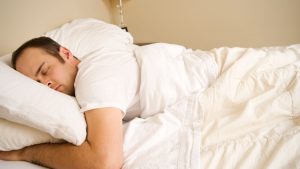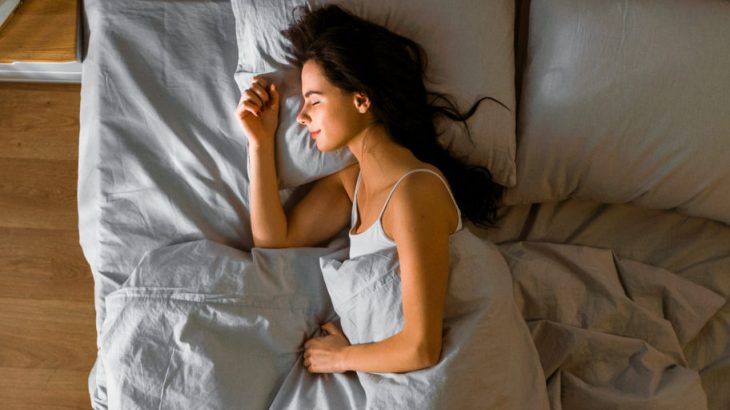Many types of dementia are associated with sleep disturbances, including difficulty falling asleep and insomnia. Such disturbances can accelerate memory loss in Alzheimer’s disease.
Researchers from Stony Brook University in their new scientific work say: it is most useful to sleep lying on your side. It is in this position that the brain is most effectively cleansed of toxins, scientists say. This, in turn, helps reduce the risk of developing Alzheimer’s and Parkinson’s diseases, as well as a number of other neurological diseases.
How sleeping position affects health
Using Dynamic Contrast Magnetic Resonance Imaging, the research team led by Helene Benveniste, MD, studied the brain and the complex glymphatic system, which plays a critical role in effectively removing toxins and waste products from the brain. The results of the work showed that in the position on the side, the process of removing toxins proceeds in the best way.
Dr. Benveniste has been using MRI for several years to study the glymphatic system in rodent model organisms. The method allowed us to identify the pathways of this system, in which cerebrospinal fluid (CSF) is filtered through the brain and mixed with intercellular fluid to clear waste from the most important organ, similar to how the lymphatic system does with our other organs.
It is during nighttime sleep that the glymphatic system works at full strength, removing substances that negatively affect brain activity, such as tau proteins and beta-amyloids.
During the experiments, scientists forced mice to sleep and put them to sleep on their backs, on their stomachs, or on their sides. Colleagues from the Benveniste group at the University of Rochester used fluorescence microscopy and radioactive tracers to confirm MRI findings and assess the effect of sleep position on amyloid output from the brain.
Sleeping on the side was recognized by both groups of scientists as the most effective, so the researchers concluded that not only the quality and duration of sleep affect the rest and brain cleansing, but also the position during rest.
“It is curious that most people and animals, even in the wild, most often prefer this position,” says Maiken Nedergaard, a University of Rochester researcher who took part in the study. “It seems that we have adapted to this position for the best removal of metabolic waste from our brain.”
“Many types of dementia are associated with sleep disturbances, including difficulty falling asleep and insomnia,” the researcher adds. “Such disturbances can accelerate memory loss in Alzheimer’s disease.”
In the future, the research team plans to conduct similar studies with humans to finally confirm their findings and provide recommendations on the most optimal positions for a night’s rest.
POSE IN WHICH IT IS HIGHLY NOT RECOMMENDED TO SLEEP:
An adult should not sleep on his stomach. When we sleep on our stomach, quickly turning our heads to the left or right, the blood supply in the vertebral arteries is disturbed and there is a threat of a stroke.
HOW TO SLEEP WITH SPINE PAIN (BACK PAIN)
Recommendations: It is very convenient to sleep on your side on a straight leg, and put the other leg, bent at the knee, on the bed. At the same time, put the hand on which you will sleep under the pillow, and the other hand can be placed on the body or on the bed.
This pose (see picture) is suitable for most people suffering from spinal pain https://en.wikipedia.org/wiki/Pain. Lying, in this case, is better on the sore side – while the intervertebral gaps increase, and the roots of the spinal nerves are not squeezed (irritated) so much.
